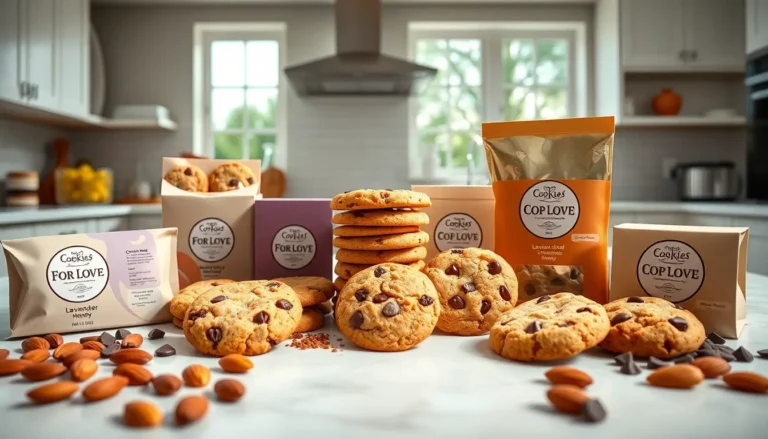Table of Contents
ToggleIn an age where binge-watching entire seasons seems like a rite of passage, the concept of a “too short movie” piques curiosity. Have you ever watched a film that left you craving more, wondering if someone accidentally cut the runtime by ten minutes? It happens, and it’s frustrating yet amusing. Immerse as we unravel the mystery behind short movies, exploring their significance, impact, and the cultural conversations they spark. Spoiler alert: brevity can be beautiful, or just plain baffling.
Defining a Short Movie

When it comes to defining what exactly makes a movie ‘short,’ the conversation often veers into subjective territory. Generally, a film that clocks in under 40 minutes is considered a short movie. But, some might argue for a slightly more flexible boundary, especially in an era where the divide between short and feature-length films is somewhat blurred. Netflix, for instance, has made waves by experimenting with a variety of formats, leading many to ponder if traditional definitions still apply. Yet one can’t deny that these movie snippets, regardless of how one classifies them, carry a magic that can captivate an audience in record time.
The Impact of Short Duration on Storytelling
The brevity of a short movie compels filmmakers to get creative. With limited time to tell a story, every second counts. Tight pacing becomes essential. Plots unfold rapidly, often resulting in innovative storytelling. Viewers may find themselves on a rollercoaster of emotions within just a few minutes. Some filmmakers masterfully use visual storytelling techniques, allowing images to convey emotions and themes effectively without extensive dialogue. It’s fascinating how a succinct runtime can drive a transformational shift in narrative structure, often leading to unexpected endings that leave viewers pondering long after the credits roll.
Cultural Perspectives on Short Movies
Different cultures interpret the concept of short films in various ways. In some countries, short movies serve as a training ground for aspiring filmmakers. They showcase foundational skills, serving as stepping stones toward longer formats. In contrast, places like South Korea and Japan have developed robust short film festivals dedicated to celebrating this unique art form. Through these lenses, short movies become critical in providing diverse narratives that might be overlooked in mainstream cinema. They encapsulate local stories, culture, and humor, allowing viewers a glimpse into worlds they might never experience otherwise.
Notable Examples of Successful Short Movies
Several short movies have made significant impacts over the years. Take “Paperman,” for instance, a Disney short that won an Academy Award for its enchanting blend of hand-drawn and computer-generated animation. It tells a sweet love story without uttering a word, capturing hearts globally. Another standout is “The Lunch Date,” which cleverly addresses themes of prejudice and human connection while keeping viewers engaged in under ten minutes. These examples highlight how short movies can bring profound messages to life, even in the briefest of formats. They are proof positive that great storytelling doesn’t always require expansive runtimes.
The Future of Short Movies in Cinema
As attention spans dwindle, short movies seem poised to gain prominence in contemporary cinema. They cater to today’s fast-paced lifestyle, offering compact stories that fit conveniently into busy schedules. Further, platforms like YouTube and TikTok provide unprecedented opportunities for filmmakers to showcase their creativity through shorts. Whether these platforms will birth the next generation of iconic filmmakers remains to be seen, but the accessibility of these mediums signals a potential renaissance for short films. Also, as streaming services continue to prioritize diverse content, short films let creators experiment in ways that traditional films may not.







